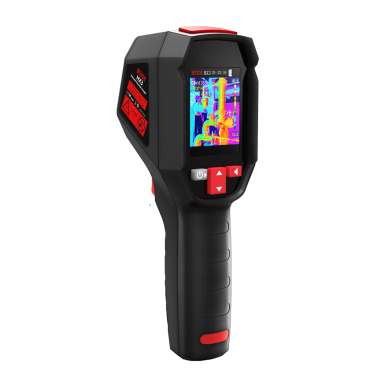
# Ear Thermometers: Accurate and Non-Invasive Temperature Measurement for All Ages
## The Importance of Accurate Temperature Measurement
Monitoring body temperature is a crucial aspect of healthcare, especially when dealing with illnesses or infections. Ear thermometers have become increasingly popular due to their accuracy, speed, and non-invasive nature. These devices provide a reliable way to measure body temperature for individuals of all ages, from infants to elderly patients.
## How Ear Thermometers Work
Ear thermometers, also known as tympanic thermometers, use infrared technology to measure the heat emitted by the eardrum and surrounding tissue. The eardrum shares blood supply with the hypothalamus, the body’s temperature control center, making it an excellent indicator of core body temperature.
### Key Features of Modern Ear Thermometers:
Keyword: Ear Thermometers
– Quick results (typically within 1-3 seconds)
– Hygienic probe covers to prevent cross-contamination
– Memory functions to track temperature trends
– Backlit displays for easy reading in low light
– Age-adjustable settings for more accurate readings
## Advantages Over Other Thermometer Types
Compared to traditional oral, rectal, or underarm thermometers, ear thermometers offer several benefits:
### For Infants and Children:
– Less invasive than rectal thermometers
– Faster than oral thermometers (especially helpful with fussy children)
– More comfortable than underarm measurements
### For Adults and Elderly:
– Easy to use independently
– Comfortable for frequent monitoring
– Suitable for patients who can’t cooperate with oral measurements
## Proper Usage Techniques
To ensure accurate readings with an ear thermometer:
1. Gently pull the ear upward and backward (for adults) or straight back (for children) to straighten the ear canal
2. Insert the probe snugly into the ear canal
3. Press the measurement button and hold steady until the reading is complete
4. Use a clean probe cover for each measurement
5. Wait 15 minutes after coming indoors from cold weather before taking a reading
## Choosing the Right Ear Thermometer
When selecting an ear thermometer, consider these factors:
– Clinical accuracy (look for models with ±0.2°C accuracy)
– Ease of use and readability
– Durability and warranty
– Availability of replacement probe covers
– Additional features like fever alarms or connectivity options
## Special Considerations
While ear thermometers are generally safe and effective, there are some situations where they might not be the best choice:
– Excessive earwax can affect accuracy
– Ear infections may cause localized temperature increases
– Very young infants (under 3 months) may require rectal temperatures for most accurate readings
Always consult with a healthcare professional if you’re unsure about temperature readings or if a fever persists despite treatment.
## Conclusion
Ear thermometers provide a convenient, accurate, and comfortable way to monitor body temperature for all age groups. Their non-invasive nature makes them particularly valuable for pediatric care, while their speed and ease of use benefit adults and healthcare professionals alike. By following proper usage techniques and selecting a quality device, ear thermometers can be an excellent addition to any home or clinical healthcare toolkit.